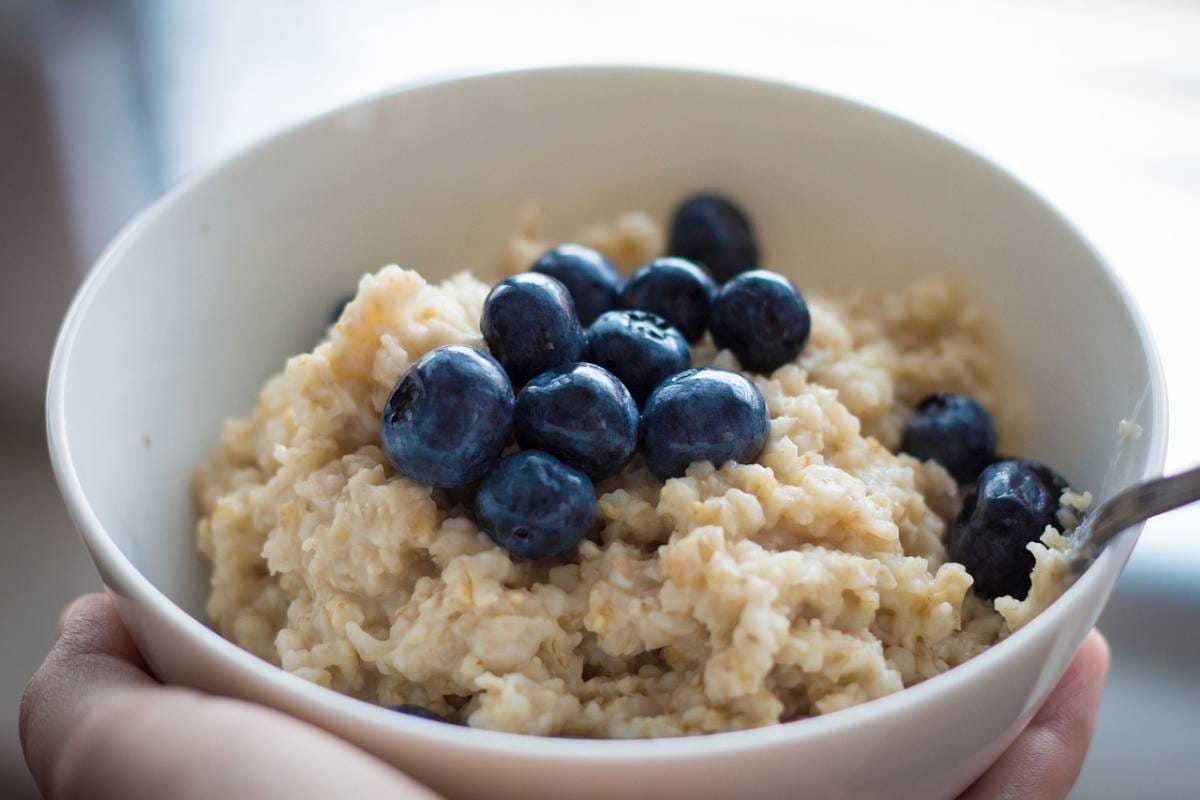Do you want to safely and effectively optimize your cholesterol levels? The first thing to realize is that simply lowering your dietary cholesterol is not the best way.
It’s Not Enough to Know What Foods to Avoid With High Cholesterol
75% of your cholesterol is produced by your liver, which is influenced by your insulin levels. Foods that increase your insulin levels contribute to high cholesterol by making your liver produce more of it. Therefore, if you optimize your insulin levels, you will also regulate your cholesterol levels.
The most powerful ways to do that is by exercising and paying attention to the foods you eat. With that in mind, here are my top four recommendations for safely keeping your cholesterol levels within the healthy range:
1. Oatmeal, oat bran and high-fiber foods
Oatmeal contains soluble fiber, which reduces your low-density lipoprotein (LDL) – the “bad,” cholesterol – by reducing the absorption of cholesterol into your bloodstream. Soluble fiber is also found in foods such as kidney beans, apples, pears, barley and prunes.

How much? Five to 10 grams or more of soluble fiber a day can decrease your total and LDL cholesterol. Eating 1 1/2 cups of cooked oatmeal provides 6 grams of fiber. If you add fruit, such as bananas, you’ll add about 4 more grams of fiber. To mix it up a little, try steel-cut oatmeal or cold cereal made with oatmeal or oat bran.
2. Fish and omega-3 fatty acids
Eating fatty fish can help protect heart health because of its high levels of omega-3 fatty acids, which can reduce your blood pressure and risk of developing blood clots. Eat at least two servings of fish a week. The highest levels of omega-3 fatty acids are found in: mackerel, lake trout, herring, sardines, albacore tuna, salmon, halibut.

How to eat: Lightly grill fish to avoid adding unhealthy fats. If you are vegetarian, or don’t like fish, you can also get small amounts of omega-3 fatty acids from foods like ground flaxseed, walnuts or canola oil. Try to eat organic fish if possible.
Taking an omega-3 or fish oil supplement will give you some of the same benefits as eating fish, but you won’t benefit from other nutrients, such as selenium. Make sure to get enough through your diet. Brazil nuts are a good source.
3. Walnuts, almonds and other nuts
Walnuts, almonds and other nuts can all help reduce blood cholesterol. Rich in polyunsaturated fatty acids, walnuts also help keep blood vessels healthy.

How many? Eating about a handful (1.5 ounces, or 42.5 grams) a day of most nuts, such as almonds, hazelnuts, peanuts, pecans, some pine nuts, pistachio nuts and walnuts, may reduce your risk of heart disease. Just make sure the nuts you eat aren’t salted or coated with sugar!
All nuts are high in calories, so don’t exaggerate. To avoid eating too many nuts and gaining weight, replace foods high in saturated fat with nuts. For example, instead of using cheese, meat or croutons in your salad, add a handful of walnuts or almonds.
4. Olive oil
Olive oil contains a potent mix of antioxidants that can lower your “bad” (LDL) cholesterol while protecting your levels of “good” (HDL) cholesterol.

Consume about 2 tablespoons (23 grams) of olive oil a day in place of other fats in your diet to get its heart-healthy benefits. To add olive oil to your diet, you can sauté vegetables in it, add it to a marinade or mix it with vinegar as a salad dressing. You can also use olive oil as a substitute for butter on bread. Olive oil is high in calories – don’t eat more than the recommended amount.
The cholesterol-lowering effects of olive oil are even greater if you choose extra-virgin olive oil, meaning the oil is less processed and contains more heart-healthy antioxidants. Keep in mind that “light” olive oils are usually more processed than extra-virgin or virgin olive oils and are lighter in color, not fat or calories.
A Few More Tips on Cholesterol Diet:
For any of these foods to provide their benefit, you need to make other changes to your diet and lifestyle:
Cut back on saturated and trans fats. Saturated fats, like those in meat, full-fat dairy products and some oils, raise your total cholesterol. Trans fats, which are often found in margarines and store-bought cookies, crackers and cakes, as well as commercially fried foods, are particularly bad for your cholesterol levels. Trans fats raise low-density lipoprotein (LDL), the “bad,” cholesterol, and lower high-density lipoprotein (HDL), the “good,” cholesterol.
In addition to changing your diet, keep in mind that making additional heart-healthy lifestyle changes are key to lowering your cholesterol. So, exercising, quitting smoking and maintaining a healthy weight are key!









